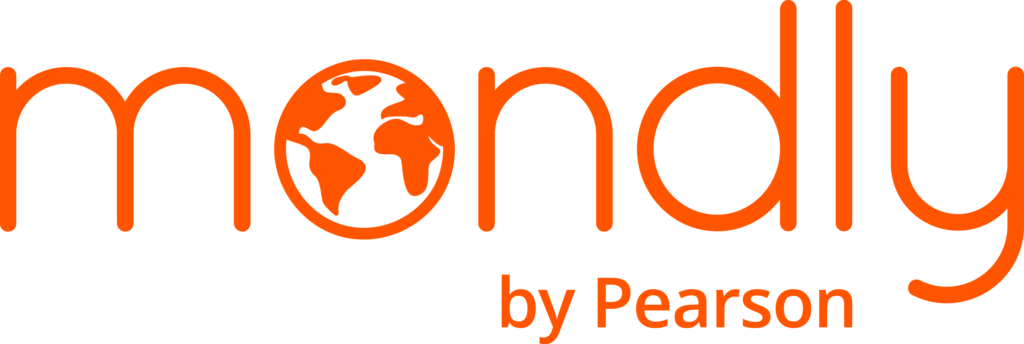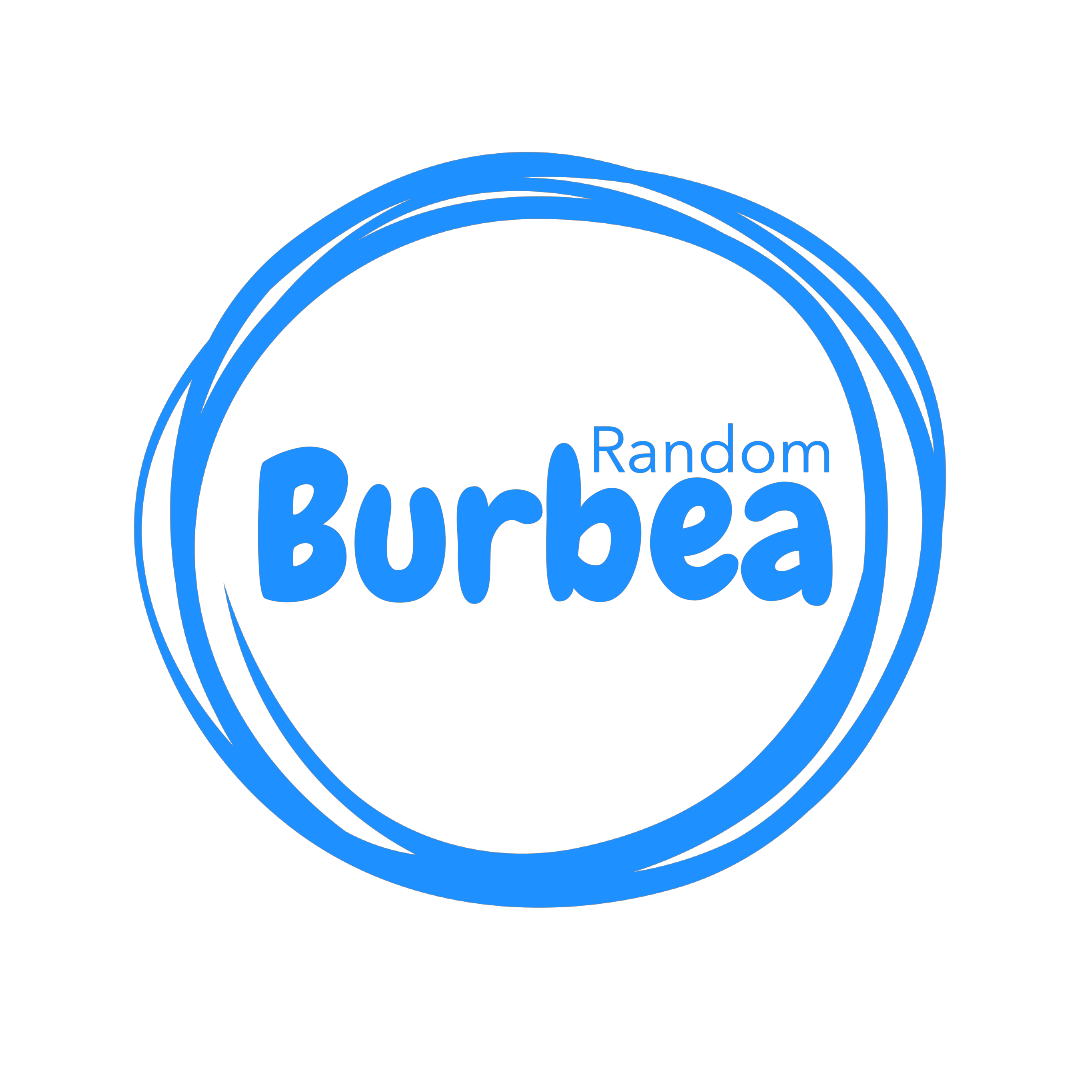Table of Contents
Learning a new language is a rewarding and enriching experience that can open up new opportunities and perspectives. However, not everyone has the time, money, or access to attend traditional language classes or travel to a foreign country. Fortunately, with the advancement of technology and the availability of online resources, learning a new language online has become easier and more convenient than ever before.
In this article, we will share with you 10 tips on how to learn a new language online effectively and enjoyably. These tips will help you to:
- Choose the best online language course for your level and budget
- Set realistic and specific goals and track your progress
- Use a variety of online resources and tools to enhance your learning
- Practice your listening, speaking, reading, and writing skills with native speakers and other learners
- Immerse yourself in the culture and context of your target language
- Review and reflect on your language learning journey
By following these tips, you will be able to learn a new language online in a fun and efficient way, and achieve your language learning goals faster and easier.
Tip 1: Choose a language that suits your interests and needs
One of the most important factors to consider when deciding what language to learn online is your personal motivation. Why do you want to learn a new language? What are your goals and expectations? How will learning a new language benefit you?
Different languages can offer different opportunities and challenges, depending on your interests and needs. For example, if you are interested in travelling, you may want to learn a language that is widely spoken in many countries, such as Spanish, French, or Mandarin Chinese. If you are interested in culture, you may want to learn a language that has a rich and diverse history, literature, and art, such as Arabic, Japanese, or Italian. If you are interested in work, you may want to learn a language that is in high demand in your field or industry, such as German, Russian, or Hindi.
To choose a language that suits your interests and needs, you can do some research online and find out more about the languages you are considering. You can use online tools such as Duolingo or Mondly to get a taste of different languages and see which ones appeal to you. You can also read blogs and articles from other language learners, such as Lindie Botes or The Different Languages, to get some inspiration and tips on how to choose a language to learn online.
Remember, there is no right or wrong answer to what language you should learn. The best language for you is the one that you are passionate about and that can help you achieve your personal or professional goals.
Tip 2: Find the best online language course for your level and budget
Once you have chosen a language to learn online, you need to find a suitable course that matches your level and budget. There are many online language courses available; but not all of them are equally effective, engaging, or affordable.
To find the best online language course for your level and budget, you should consider the following factors:
- The quality of the course content and the instructors. You want a course that covers all the essential skills and topics of your target language, such as vocabulary, grammar, pronunciation, listening, speaking, reading, and writing. You also want a course that is taught by qualified and experienced instructors who can provide you with feedback and guidance.
- The format and the flexibility of the course. You want a course that suits your learning style and preferences, whether it is self-paced, live, or blended. You also want a course that fits your schedule and allows you to learn at your own pace and convenience.
- The price and the value of the course. You want a course that offers a fair and reasonable price for the quality and quantity of the content and the services. You also want a course that gives you a good return on your investment and helps you achieve your learning goals.
To help you find the best online language course for your level and budget, you can use online tools such as Preply or Coursera to compare and evaluate different courses based on their features, reviews, ratings, and prices. You can also read blogs and articles from other language learners, such as FluentU, to get some recommendations and tips on how to choose the best online language course.
Tip 3: Set realistic and specific goals and track your progress
Learning a new language online can be a rewarding and enjoyable experience, but it can also be challenging and frustrating at times. To keep yourself motivated and focused, you need to set realistic and specific goals and track your progress regularly.
Setting realistic and specific goals means that you have a clear idea of what you want to achieve, how you will achieve it, and when you will achieve it. For example, instead of saying “I want to learn Spanish online”, you can say “I want to reach the B1 level of Spanish online by the end of the year”. This way, you have a more concrete and measurable objective that you can work towards.
Tracking your progress means that you monitor and evaluate your performance and improvement over time. This can help you see how far you have come, what you have learned, and what you need to work on. Tracking your progress can also boost your confidence and motivation, as you can celebrate your achievements and overcome your challenges.
There are many ways to set and track your language learning goals online. You can use online tools such as FluentU or Preply to create personalized learning plans and track your progress with quizzes, tests, and feedback. You can also use online resources such as The Common European Framework of Reference for Languages (CEFR) or The American Council on the Teaching of Foreign Languages (ACTFL) to assess your level and skills in your target language. You can also use online tools such as Mondly to set daily or weekly goals and track your streaks and points.
Tip 4: Create a consistent and flexible learning schedule
One of the challenges of learning a new language online is finding the time and the motivation to study regularly. To overcome this challenge, you need to create a consistent and flexible learning schedule that works for you and your lifestyle.
Creating a consistent learning schedule means that you have a routine and a habit of learning your target language every day or every week; this can help you to stay focused, disciplined, and accountable. It can also help you to build your confidence and fluency as you practice and review the material frequently.
Creating a flexible learning schedule means that you can adapt and adjust your learning plan according to your needs and preferences. This can help you to avoid boredom, frustration, and burnout. It can also help you to take advantage of different learning opportunities and resources that may arise.
To create a consistent and flexible learning schedule online, you should consider the following factors:
- The amount and the frequency of your learning time. You should decide how much time you can dedicate to learning your target language each day or each week, and stick to it. You should also try to learn at the same time every day or every week, to create a habit and a routine.
- The type and the variety of your learning activities. You should choose the learning activities that suit your learning style and preferences, such as reading, listening, speaking, writing, or playing games. You should also mix up your learning activities to keep your interest and motivation high, and to expose yourself to different aspects and skills of your target language.
- The goals and the outcomes of your learning sessions. You should have a clear and specific goal for each learning session, such as learning a new vocabulary topic, reviewing a grammar rule, or practicing a conversation. You should also have a way to measure and evaluate your outcome, such as taking a quiz, recording yourself, or getting feedback.
There are many ways to create a consistent and flexible learning schedule online. You can use online tools such as Google Calendar or Trello to plan and organize your learning time and tasks. You can also use online tools such as Habitica to track and reward your learning habits and achievements. You can also read blogs and articles from other language learners, such as edyoucated or Core Inspiration, to get some ideas and tips on how to create a successful learning schedule.
Tip 5: Use a variety of online resources and tools to enhance your learning
Learning a new language online can be a fun and exciting adventure, but it can also be a bit overwhelming and monotonous at times. To spice up your learning experience and make it more effective and enjoyable, you should use a variety of online resources and tools to enhance your learning.
Using a variety of online resources and tools means that you can access and explore different types of content and activities that can help you learn your target language in different ways. For example, you can use online resources and tools such as:
- Simulations and interactive models to deepen your learning and practice your skills in realistic scenarios. These are especially helpful for math and science subjects. You can find some examples of simulations and interactive models at PhET Interactive Simulations or GeoGebra.
- Graphics such as public-domain images, illustrations, charts, and graphs to help you better comprehend and visualize concepts. You can find some examples of free graphics at Pics4Learning.
- Videos and animations to help you explain and understand topics in a dynamic and engaging way. You can find some examples of free videos and animations at YouTube or Khan Academy.
Using a variety of online resources and tools can also help you to:
- Cater to your learning style and preferences. You can choose the online resources and tools that match your preferred way of learning, whether it is visual, auditory, kinesthetic, or a combination of these.
- Diversify and enrich your learning experience. You can use different online resources and tools to supplement and complement your main online course, and to expose yourself to different aspects and perspectives of your target language.
- Motivate and challenge yourself. You can use different online resources and tools to keep your interest and curiosity high, and to test and improve your knowledge and skills in your target language.
Tip 6: Practice your listening and speaking skills with native speakers and other learners
One of the best ways to improve your listening and speaking skills in a new language is to practice them with native speakers and other learners, as this can help you to:
- Improve your pronunciation and intonation by imitating how native speakers sound
- Expand your vocabulary and expressions by learning from real-life contexts and situations
- Develop your fluency and confidence by having natural and spontaneous conversations
- Get feedback and corrections from native speakers and other learners
- Make friends and connections with people who share your interest in learning a new language
There are many online platforms and communities where you can find and connect with native speakers and other learners to practice your listening and speaking skills. Some of the most popular ones are:
- Italki: This is a platform where you can find online language teachers, tutors, and language partners. You can book one-on-one lessons with professional teachers or informal sessions with native speakers. You can also join the community and exchange messages, audio, and video with other learners.
- HelloTalk: This is an app where you can chat with native speakers and other learners using text, voice, and video. You can also use features such as translation, correction, and voice recognition to help you communicate and learn. You can also join group chats and participate in language exchange events.
- Tandem: This is an app where you can find and talk to native speakers and other learners who want to learn your language. You can use text, voice, and video to chat and practice your target language. You can also use features such as translation, correction, and games to make your conversations more fun and effective.
Tip 7: Read and write in your target language as much as possible
Reading and writing are essential skills for learning a new language online. They can help you to:
- Improve your vocabulary and grammar by exposing yourself to authentic and diverse texts
- Develop your comprehension and expression by understanding and producing written messages
- Enhance your cultural and contextual knowledge by exploring different topics and genres
- Stimulate your creativity and imagination by engaging with stories and characters
To read and write in your target language as much as possible, you should:
- Choose texts that match your level and interest. You should read texts that are slightly above your current level, but not too difficult or boring. You should also read texts that cover topics that you are curious or passionate about, such as hobbies, news, or fiction.
- Use online tools and resources to help you read and write. You can use online tools such as LingQ or [Readlang] to read texts with translations, definitions, and audio. You can also use online resources such as The Images Shed or Once Upon a Picture to find images that can inspire you to write stories or descriptions.
- Practice different types of reading and writing. You can practice reading for different purposes, such as skimming, scanning, or analyzing. You can also practice writing for different audiences, such as formal, informal, or creative. You can also read and write different genres, such as articles, emails, blogs, or poems.
Tip 8: Learn and review vocabulary and grammar in a fun and effective way
Vocabulary and grammar are the building blocks of any language. To learn and master a new language online, you need to learn and review vocabulary and grammar in a fun and effective way.
Learning and reviewing vocabulary and grammar in a fun and effective way means that you use methods and techniques that make the process enjoyable and memorable. For example, you can use methods and techniques such as:
- Flashcards and mnemonics to help you remember words and rules. Flashcards are cards with a word or a rule on one side and its meaning or explanation on the other. You can use them to test yourself and reinforce your memory. Mnemonics are tricks or devices that help you remember something, such as a rhyme, a song, or an acronym. You can use them to associate words or rules with something easier to recall.
- Quizzes and games to help you practice and test your knowledge and skills. Quizzes and games are interactive and engaging ways to check your understanding and progress. You can use them to challenge yourself and have fun at the same time. You can also compete with other learners and earn points and rewards.
- Stories and songs to help you learn and use words and rules in context. Stories and songs are entertaining and creative ways to expose yourself to authentic and diverse language use. You can use them to learn new words and rules and how they are used in real situations. You can also use them to express yourself and your emotions.
There are many online tools and resources that you can use to learn and review vocabulary and grammar in a fun and effective way. Some of the most popular ones are:
- Quizlet: This is a tool where you can create and study flashcards, play games, and take quizzes on various topics and languages. You can also join classes and groups and share your flashcards and quizzes with other learners.
- Memrise: This is a tool where you can learn and review vocabulary and grammar using flashcards, mnemonics, videos, and games. You can also join courses and communities and learn from native speakers and other learners.
- LyricsTraining: This is a tool where you can learn and practice vocabulary and grammar by listening to and singing along with songs in your target language. You can also watch videos and fill in the blanks with the missing words.
Tip 9: Immerse yourself in the culture and context of your target language
One of the most effective and enjoyable ways to learn a new language online, is to immerse yourself in the culture and context of your target language. This means that you expose yourself to the language as it is used in real life by native speakers and other learners.
Immersing yourself in the culture and context of your target language can help you to:
- Learn the language in a natural and authentic way, rather than in a textbook or classroom setting
- Discover the nuances, subtleties, and variations of the language, such as slang, dialects, and accents
- Appreciate the history, traditions, and values of the people who speak the language
- Connect with the language on an emotional and personal level, rather than just on a cognitive and academic level
To immerse yourself in the culture and context of your target language online, you can:
- Watch movies, TV shows, documentaries, and YouTube videos in your target language, with or without subtitles. You can use online tools such as Netflix or FluentU to access a wide range of content in different languages and genres.
- Listen to podcasts, radio stations, audiobooks, and music in your target language. You can use online tools such as Spotify or TuneIn to find and stream audio content in different languages and topics.
- Read books, magazines, blogs, and social media posts in your target language. You can use online tools such as Google Translate or Linguee to help you understand and translate texts in your target language.
Some of the most popular ones are:
- Italki: This is a platform where you can find online language teachers, tutors, and language partners. You can book one-on-one lessons with professional teachers or informal sessions with native speakers. You can also join the community and exchange messages, audio, and video with other learners.
- HelloTalk: This is an app where you can chat with native speakers and other learners using text, voice, and video. You can also use features such as translation, correction, and voice recognition to help you communicate and learn. You can also join group chats and participate in language exchange events.
- Tandem: This is an app where you can find and talk to native speakers and other learners who want to learn your language. You can use text, voice, and video to chat and practice your target language. You can also use features such as translation, correction, and games to make your conversations more fun and effective.
Tip 10: Have fun and enjoy the learning process
Reviewing and reflecting on your language learning journey is a crucial step to consolidate your learning and improve your performance. It can help you to:
- Evaluate your strengths and weaknesses as a language learner
- Identify your achievements and challenges in your target language
- Recognize your learning strategies and preferences
- Set new goals and action plans for your future learning
To review and reflect on your language learning journey online, you can:
- Use a language portfolio to document and showcase your learning process and outcomes. A language portfolio is a collection of evidence that demonstrates your language skills, knowledge, and experiences. You can use online tools such as LinguaFolio or Mahara to create and manage your language portfolio online.
- Use a language journal to record and analyze your learning thoughts and feelings. A language journal is a personal and creative way to express yourself in your target language and reflect on your learning progress and challenges. You can use online tools such as Penzu or Evernote to write and organize your language journal online.
- Use feedback and self-assessment to measure and improve your language proficiency. Feedback and self-assessment are useful ways to check your understanding and performance in your target language and get suggestions for improvement. You can use online tools such as Dialang to take online tests and get feedback on your language level and skills.
Conclusion
Now that we have been through the 10 steps to learning a new language, combined with the reason for searching for ideas, why not give it a go? There are so many ways of learning, so many sites to help you achieve your goals, with the majority offering free-trials or even 30 day money back guarantees. There has never been a better time to start, so get yourself to a language learning provider and see for yourself!
Before you do, take a look at one of our recommended providers, Mondly by Pearson. With over 110 million people, learning over 40 languages (the most of the main providers), we are certain they will have everything you need. Not to mention, they also now provide an industry-leading VR and AR language learning experience. If you would like to find out more, read our in depth review here or visit their site for more information by clicking the link below.






